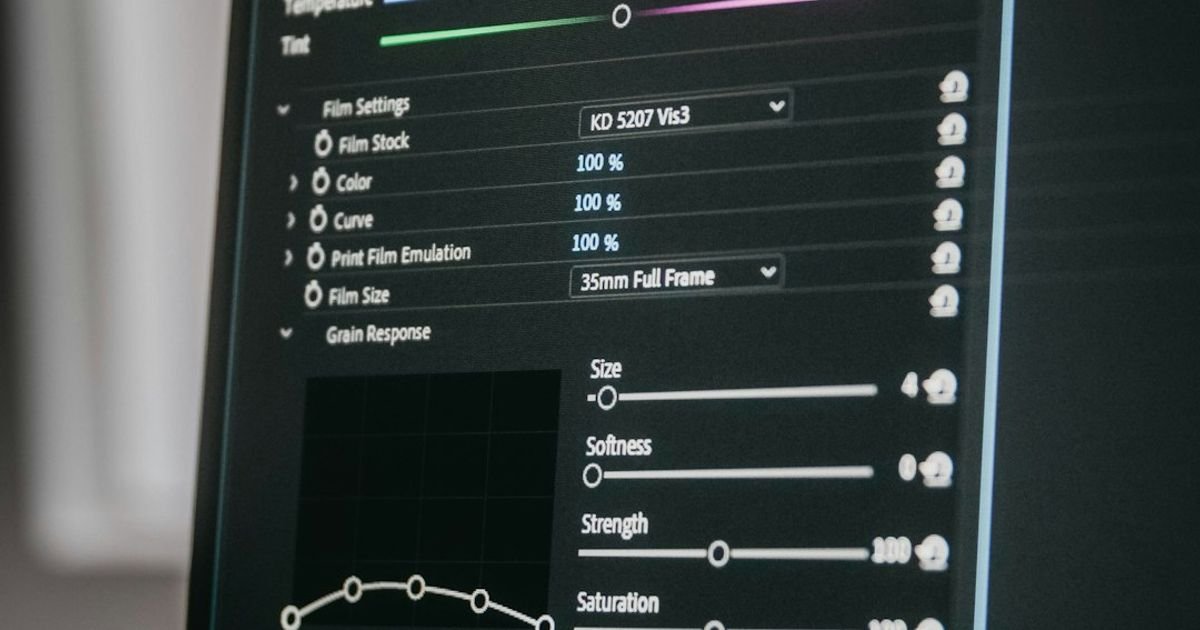About Prompt
- Prompt Type – Dynamic
- Prompt Platform – ChatGPT, Grok, Deepseek, Gemini, Copilot, Midjourney, Meta AI and more
- Niche – Sound Design
- Language – English
- Category – Content Creation
- Prompt Title – AI Prompt for Generating Sound Effects Automatically from Text
Prompt Details
This prompt is designed to be adaptable across various AI platforms for generating sound effects from textual descriptions. It aims to provide maximum control over the generated audio by incorporating dynamic parameters for customization.
**Prompt Template:**
“`
Generate a sound effect based on the following description: [Detailed Description of Sound]
Consider these parameters:
* **Sound Type:** [Choose one or combine: Ambient, Foley, Interface, Musical, Mechanical, Organic, Sci-Fi, Fantasy, etc.]
* **Mood/Emotion:** [e.g., happy, sad, tense, mysterious, chaotic, calm, playful, dramatic, etc.]
* **Intensity:** [Low, Medium, High] (Relates to perceived loudness and energy)
* **Duration:** [Specify duration in seconds or milliseconds, e.g., 2s, 500ms]
* **Tempo/Rhythm:** [e.g., Fast, Slow, Irregular, Rhythmic, Specific BPM] (Relevant for musical or rhythmic sounds)
* **Key/Pitch:** [e.g., High, Low, Specific musical key like C Major, A minor] (Relevant for musical or tonal sounds)
* **Texture:** [e.g., Smooth, Rough, Grainy, Metallic, Wooden, Liquid, Gaseous]
* **Environment:** [e.g., Indoor, Outdoor, Cave, Forest, City, Space] (Affects reverb and ambience)
* **Perspective:** [e.g., Close, Distant, First-person, Third-person] (Influences stereo imaging and Doppler effect)
* **Reference Sounds:** [Optional: List any similar sounds or sound effects for inspiration. e.g., “Like a creaking door, but with a metallic element.”]
* **File Format:** [Specify desired audio format, e.g., WAV, MP3, OGG]
* **Sample Rate:** [Specify desired sample rate, e.g., 44.1kHz, 48kHz]
* **Bit Depth:** [Specify desired bit depth, e.g., 16-bit, 24-bit]
Detailed Description of Sound:
[Write a vivid and specific description of the sound you want. Use strong verbs, adjectives, and comparisons. Be as descriptive as possible, covering aspects like:
* **Source of the sound:** What is making the sound?
* **Mechanism of the sound:** How is the sound being produced?
* **Materiality:** What materials are involved?
* **Movement:** Is there any movement associated with the sound? Fast, slow, accelerating, decelerating?
* **Variations:** Does the sound change over time? How?
Example:]
* **Sound Type:** Sci-Fi, Mechanical
* **Mood/Emotion:** Tense, Mysterious
* **Intensity:** Medium
* **Duration:** 3s
* **Tempo/Rhythm:** Slow, Irregular
* **Texture:** Metallic, Grainy
* **Environment:** Space
* **Perspective:** Distant
* **Reference Sounds:** Like a distant robotic whirring, combined with a low humming.
* **File Format:** WAV
* **Sample Rate:** 48kHz
* **Bit Depth:** 24-bit
Detailed Description of Sound:
The sound of a large, malfunctioning robotic arm slowly moving in the vacuum of space. It emits a low, irregular whirring sound interspersed with rhythmic metallic clicks and occasional bursts of static. The movement is jerky and hesitant, suggesting a struggle or malfunction. The metallic surfaces grind against each other, creating a grainy texture to the whirring. The overall impression should be one of tension and mystery, as if something unseen is happening within the robotic arm. Imagine the sound resonating slightly in the vast emptiness of space.
“`
**Guidance for Using the Prompt:**
* **Be Specific:** The more detailed and specific your description, the better the AI can understand what you want. Avoid vague terms.
* **Use Vivid Language:** Employ descriptive language that evokes the desired sound. Use metaphors, similes, and onomatopoeia to paint a clear auditory picture.
* **Experiment with Parameters:** Tweak the parameters to fine-tune the generated sound. Experiment with different combinations to achieve the desired effect.
* **Iterate:** Rarely will the first generated sound be perfect. Use the initial output as a starting point and refine your description and parameters based on the results. Provide feedback to the AI such as “make the clicking sound more prominent” or “reduce the reverb.”
* **Cross-Platform Adaptability:** This prompt is designed to be adaptable to various AI platforms. You might need to adjust the formatting slightly depending on the specific platform’s requirements.
* **Embrace the Unexpected:** AI can sometimes produce surprising and creative results. Be open to unexpected variations and explore the possibilities.
This dynamic prompt structure offers a powerful and flexible way to generate custom sound effects from textual descriptions, opening up new creative avenues for sound designers and content creators. By understanding and utilizing the parameters effectively, you can harness the power of AI to bring your sonic visions to life.

